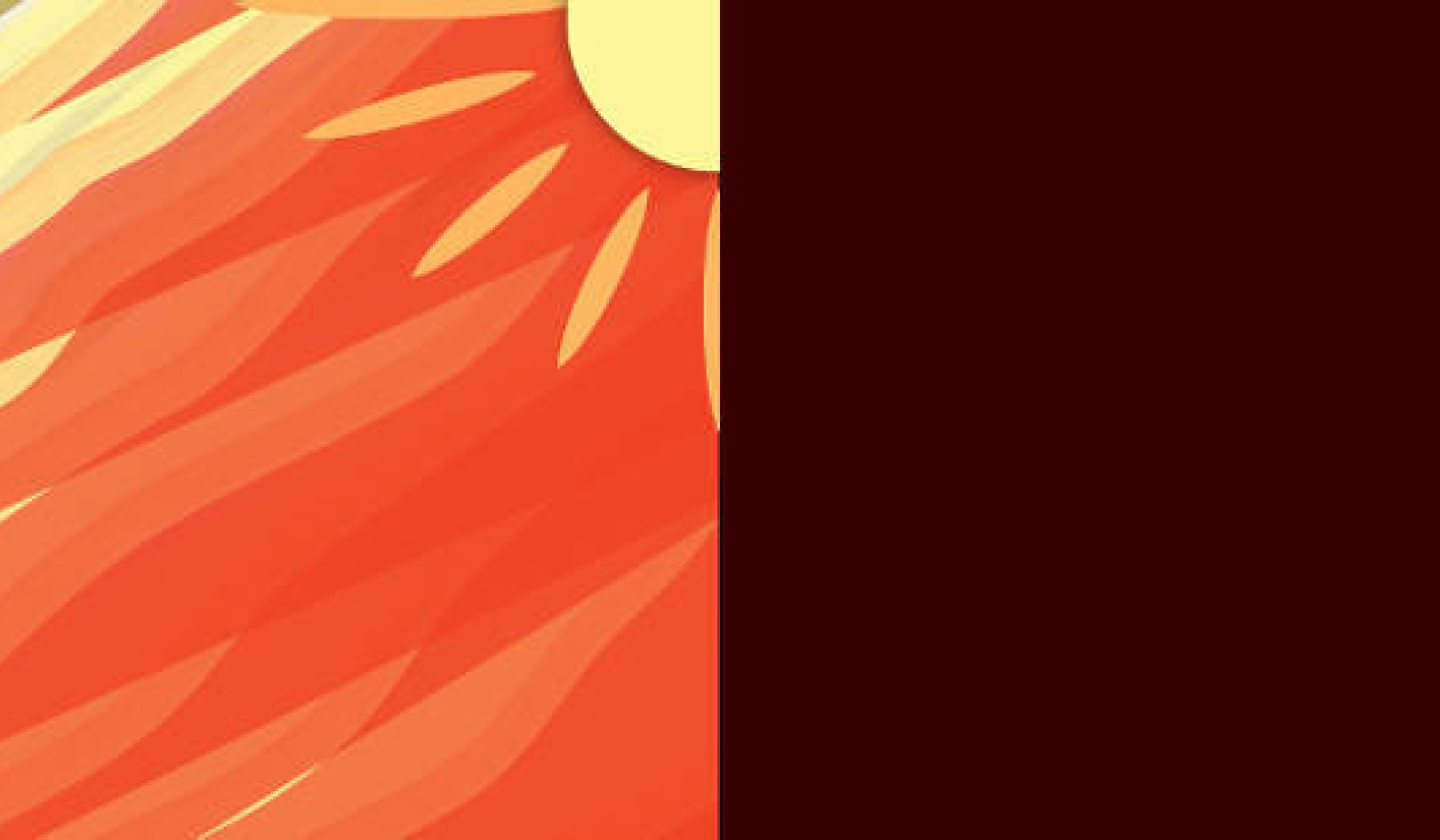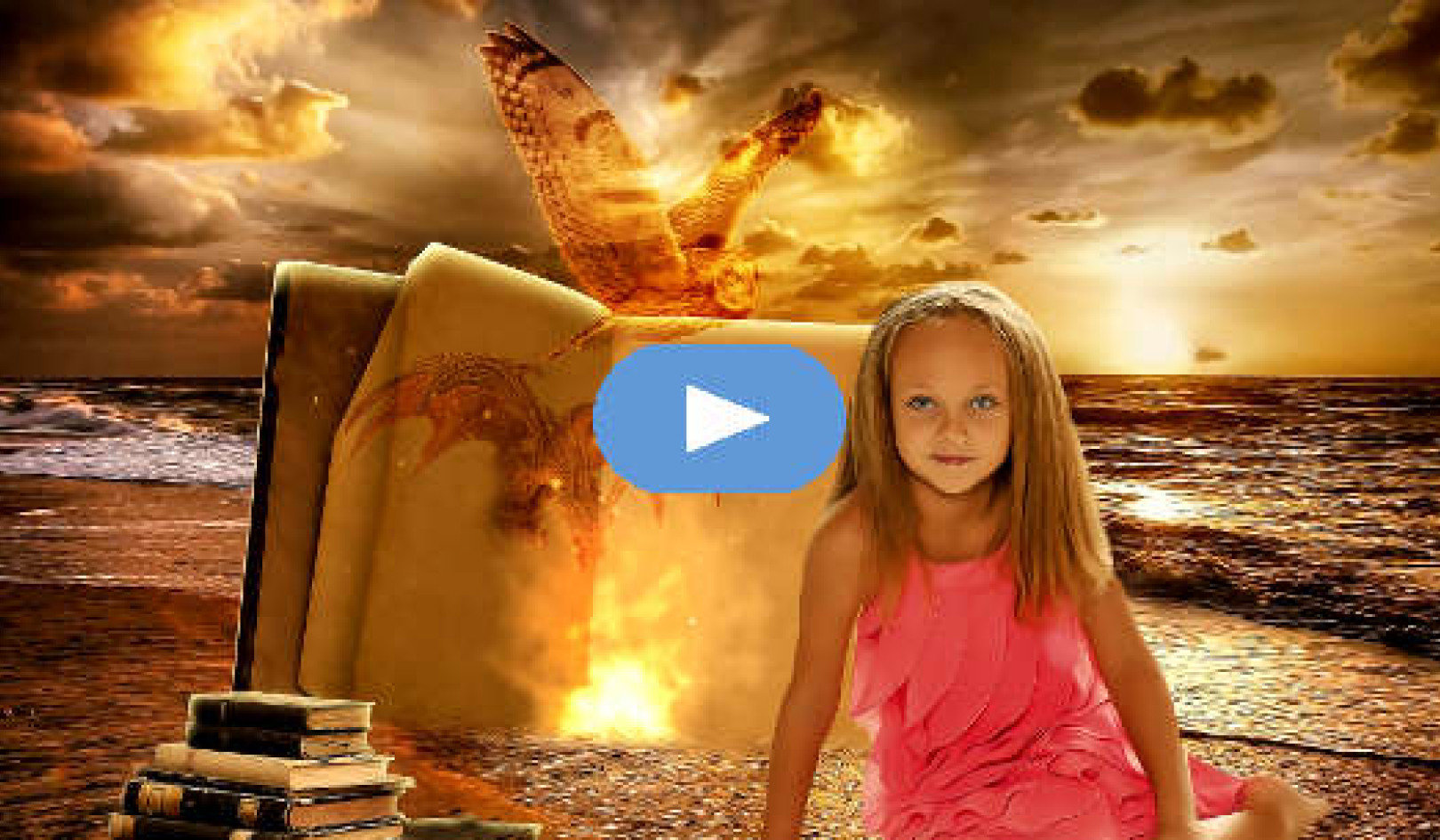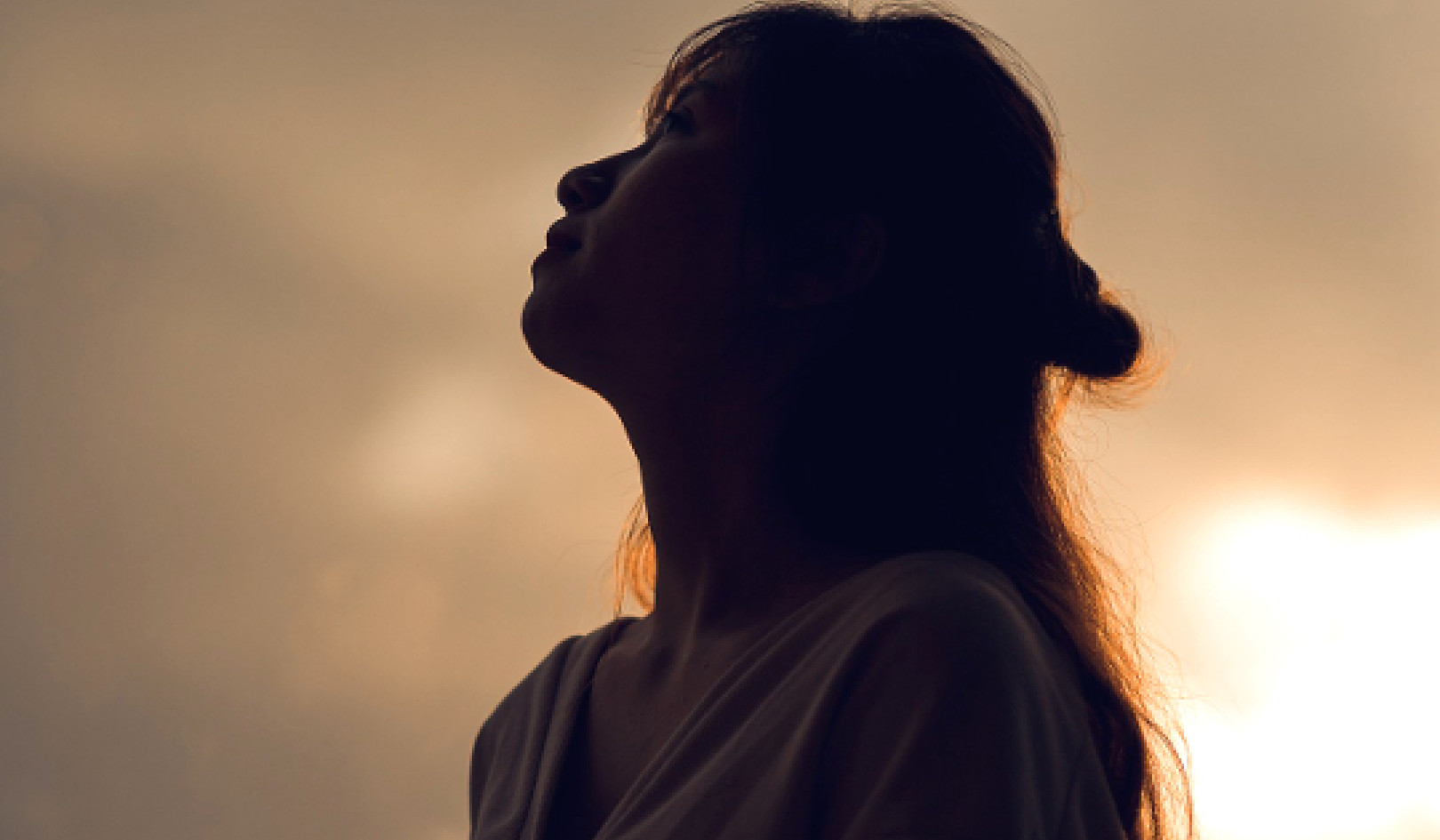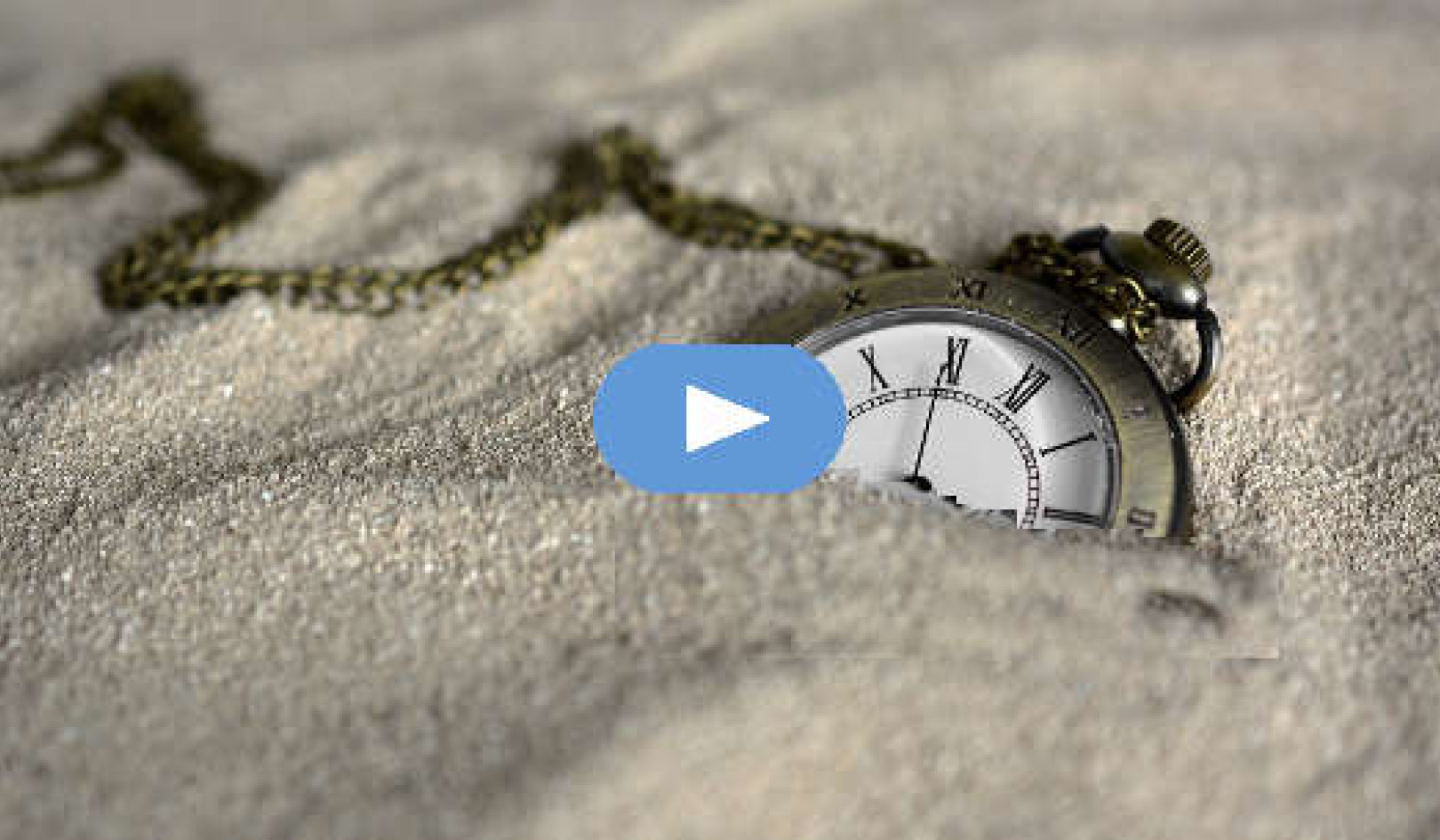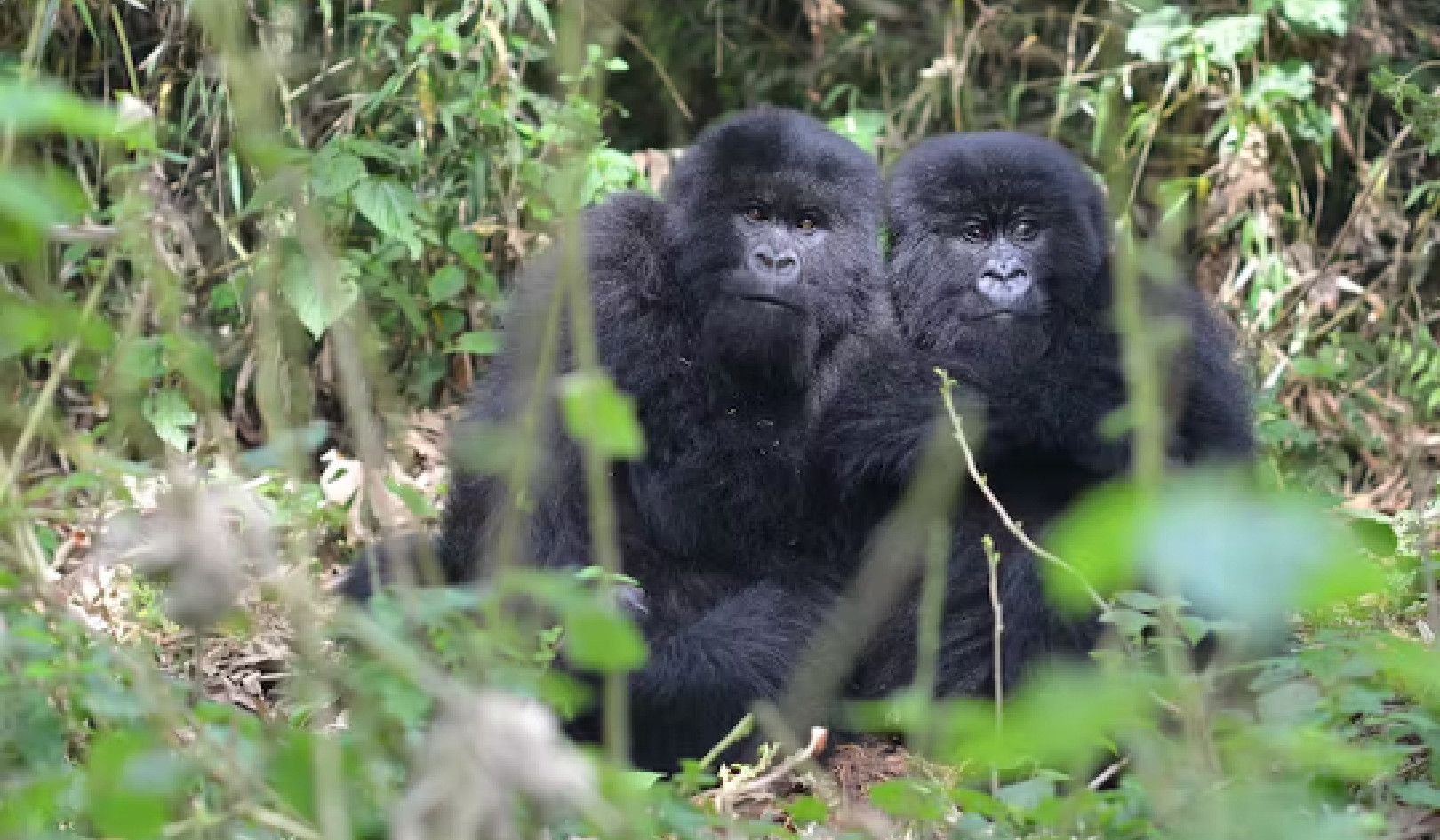
Image by Mike Cuvelier
One of the great spiritual teacher Sri Aurobindo’s main messages is that humanity is a transitional being. Our current state of being is not final, we are in the process of transitioning into a new state of being. We are collectively living in a bardo—a Tibetan word meaning a gap, an in-between state—where in this case we are not only between worlds, but our consciousness is between two fundamentally different states of being.
One of Jung’s favorite ways of explaining the notion of an archetype is the formation of a butterfly. If we cut open a butterfly pupa at a certain stage, all will we find is a milky liquid, a biotic goo, but the whole gestalt of the butterfly is already functionally contained within the liquid – it possesses a qualitas occulta (a hidden quality) encoded within it.
Just like the potentiality of an oak tree is invisibly hidden within the acorn, the wholeness of the Self—what Jung calls the God within—is encoded in a state of potentiality within our current state of being. The literal process of what happens when a caterpillar becomes a butterfly symbolically expresses the transformation our species is undergoing as it morphs from one kind of being into another.
A caterpillar exists to eat. Its aim is to consume as much as possible. A certain percentage of humanity—many of them in positions of power—have become pathologically stuck in and identified with being a caterpillar-like species, having fallen into and become fixated on a state of endless and insatiable consumption. At a certain point, however, evolutionary forces compel the caterpillar to cease its obsessive consumption and cocoon itself into isolation, during which it forms a protective chrysalis around itself which shelters it from its environment—this is the caterpillar’s version of “the inner journey.”
The "In-Between" State
The chrysalis can be conceived of as the caterpillar’s hermetic vessel, which in alchemy is considered to be an absolutely essential component of the alchemical opus, as it is the very container in which the alchemical transformation takes place. Within the safe confines of the chrysalis, the caterpillar literally digests itself as its heretofore known form—and identity—disintegrates and dissolves into a soupy goo.
This is the state in the creature’s evolution where it is in an “in-between” state, as it is no longer a caterpillar, and yet, it is not quite yet a butterfly. This state of being in a bardo between two connected but radically different states of existence is not unique to caterpillars and butterflies, but is found throughout nature. To use another example, when an egg is turning into a chicken, there is a moment when it is both egg and chicken and neither egg nor chicken.
Interestingly, in quantum physics, one of the areas of the most exciting research is the boundary between the microscopic quantum world of unmanifest potentiality and the seemingly mundane macroscopic manifest world of everyday reality. The world of the quantum and ordinary reality could not appear to be more different and yet, at the same time, are mysteriously deeply interconnected and not separate from each other at all.
The Butterfly's Identity Crisis
I can easily imagine that at this point in its transformation, the caterpillar, who is no longer who it was but is not yet who it is destined to be, is suffering from an identity crisis par excellence, literally not knowing who it is. To bring this into the human realm, this can be the stage where certain people, being overwhelmed by confusion and not knowing who they are, could tragically commit suicide. Not just individually, but collectively, as a mostly larval species, we—in true quantum style, potentially—are in the process of destroying ourselves, as we unconsciously enact collective suicide on the world stage.
Hidden within this suicidal urge, however, is a profound and deep-seated longing for transformation. I find myself imagining that every cell in the caterpillar’s being is yearning for transformation.
Humanity, just like the caterpillar, is in a liminal, in-between state—at a threshold—not only between two worlds, but between two entirely different modes of existence. Speaking about modern-day humanity, Jung writes, “We are in the soup that is going to be cooked for us, whether we claim to have invented it or not…. We are threatened with universal genocide if we cannot work out the way of salvation by a symbolic death.”
The Butterfly's Inner Crisis
As the caterpillar approaches death, a small number of what are known as "imaginal cells" wake up and become enlivened within its soupy goo. The role of these imaginal cells is to catalyze the caterpillar’s metamorphosis so that it will fulfill its butterfly destiny.
These imaginal cells contain within themselves the evolutionary program which can literally recreate the dying caterpillar into its new, but-as-yet-unrealized identity. Initially seen as a viral invader or alien threat attacked by the dying caterpillar's immune system, this attack only makes the imaginal cells stronger, more resilient and catalyzes their replication, ultimately serving the caterpillar’s evolution.
Without this inner conflict between different parts of the caterpillar—all inseparable aspects of one seamlessly interconnected quantum system—there would be no butterfly. Interestingly, Jung points out that in human beings inner conflict is indispensable for individuation, as a higher and more expanded consciousness develops out of conflict. Jung felt that the (higher) Self is, ultimately speaking, the sponsor of our internal conflicts.
The Fully Realized Butterfly
The archetypal image, the primordial form, of the fully realized butterfly—which (arche)typically symbolizes the soul—exists in latent, potential form in the caterpillar’s unconscious. It is as if the archetypal image of the butterfly, though existing in a seemingly abstract dimension outside of time, is guiding the evolution of the caterpillar in order to actualize itself within third-dimensional time and space.
Once the butterfly emerges, from its point of view as butterfly, the caterpillar seems like a past life, as if the butterfly’s previous identity as a caterpillar was a past dream that the butterfly has now awakened from. We could say that the image of the soon-to-be butterfly—which exists in the caterpillar’s unconscious—is dreaming about fulfilling its potential and becoming a fully incarnate butterfly. We can also say that the caterpillar is unconsciously dreaming of its butterfly destiny. Once the metamorphosis is complete, the butterfly, unlike its caterpillar predecessor (who was an endless consumer) becomes a pollinator who fertilizes life.
First the Caterpillar Dies
Like Jung says, we are threatened with universal genocide unless we—like the caterpillar— can experience a symbolic death. Just like there is no way around the caterpillar going through a symbolic death experience in order to re-emerge in its transfigured form—dying as caterpillar but being reborn as butterfly—we, who are all being cooked in the soup together, are similarly going through an archetypal death-rebirth experience.
To the extent that any one of us are identified with existing as a separate self—which is the primordial illusion—in which we conceive of and identify ourselves as existing in a way that we do not, we will be fated to go through a symbolic death experience of our own. If enough of us avoid going through this symbolic death and insist on remaining unconscious, however, we will be fated to go through a literal death instead, possibly even collectively, as a species. There is an evolutionary imperative for us to go through this death-rebirth process within ourselves with as much consciousness as we can muster—the continuing existence of our species depends on it.
Rebirth as a Different Species
Seeing that we don’t exist in the way that we have been conceiving of ourselves as existing is only half of the process—for it is not solely a death experience, but a rebirth as well. This process needs to come full circle by us consciously realizing who we are. Stepping out of thinking of ourselves as being a separate self—a larval state of consciousness—we can realize that we are interconnected not only with other people, but with the whole sentient web of life itself.
Just like the archetypal image of the butterfly, imprinted within the caterpillar’s unconscious, is guiding the caterpillar to actualize its deeper butterfly nature, the archetypal image of the Self that is imprinted within our unconscious—if we get into conscious relationship with it—can guide us to actualize the deeper nature of the Self. Once we consciously realize the Self—who we actually are—it is as if we become a categorically different species than who we were before this realization.
Consciously Realizing the Self
Ordinary human beings typically make use of a very small portion of their possible consciousness and of their soul’s abundant resources. To quote the great psychologist William James, our situation is “much like a man who, out of his whole bodily organism, should get into a habit of using and moving only his little finger.... We all have reservoirs of life to draw upon, of which we do not dream.” When we start to consciously realize the Self, it is like discovering that there is a vast multi-dimensional body attached to the little finger that we thought we were.
Realizing this can’t help but become a spiritual epiphany in which our conscious identity expands, our hearts open, and like a butterfly, we fly on the wings of our creative imagination, fueled by the love and compassion that is our nature. It is the most awake, the most visionary and the most courageous among us who are being called to play the role of the imaginal cells for humanity. May the nonlocal force be with us.
Copyright 2024. All Rights Reserved.
April 11, 2024 interview/conversation with Paul Levy and Will Wilkinson on the OpenMind Fitness podcast:
Book by Paul Levy: Undreaming Wetiko
Undreaming Wetiko: Breaking the Spell of the Nightmare Mind-Virus
by Paul Levy
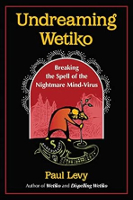 The profound and radical Native American idea of “wetiko,” a virus of the mind, underlies the collective insanity and evil that is destructively playing out around the world. Yet, encoded within wetiko itself lies the very medicine needed to combat the mindvirus and heal both ourselves and our world.
The profound and radical Native American idea of “wetiko,” a virus of the mind, underlies the collective insanity and evil that is destructively playing out around the world. Yet, encoded within wetiko itself lies the very medicine needed to combat the mindvirus and heal both ourselves and our world.
Paul Levy begins by investigating how the process of becoming triggered, wounded, or falling into suffering can help us better understand the workings of wetiko in a way that transforms our struggles into opportunities for awakening. He highlights one of the primary archetypes currently activated in the collective unconscious of humanity—the wounded healer/shaman. Ultimately, the author reveals that the best protection and medicine for wetiko is to connect with the light of our true nature by becoming who we truly are.
For more info and/or to order this book, click here. Also available as a Kindle edition and Audiobook.
About the Author
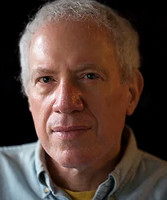 Paul Levy is a pioneer in the field of spiritual emergence and a Tibetan Buddhist practitioner for more than 35 years. He has intimately studied with some of the greatest spiritual masters of Tibet and Burma. He was the coordinator of the Portland chapter of the PadmaSambhava Buddhist Center for over twenty years and is the founder of the Awakening in the Dream Community in Portland, Oregon.
Paul Levy is a pioneer in the field of spiritual emergence and a Tibetan Buddhist practitioner for more than 35 years. He has intimately studied with some of the greatest spiritual masters of Tibet and Burma. He was the coordinator of the Portland chapter of the PadmaSambhava Buddhist Center for over twenty years and is the founder of the Awakening in the Dream Community in Portland, Oregon.
He is the author of The Madness of George Bush: A Reflection of Our Collective Psychosis (2006), Dispelling Wetiko: Breaking the Curse of Evil (2013), Awakened by Darkness: When Evil Becomes Your Father (2015) and The Quantum Revelation: A Radical Synthesis of Science and Spirituality (2018), and more.
Visit his website at AwakenInTheDream.com/






















